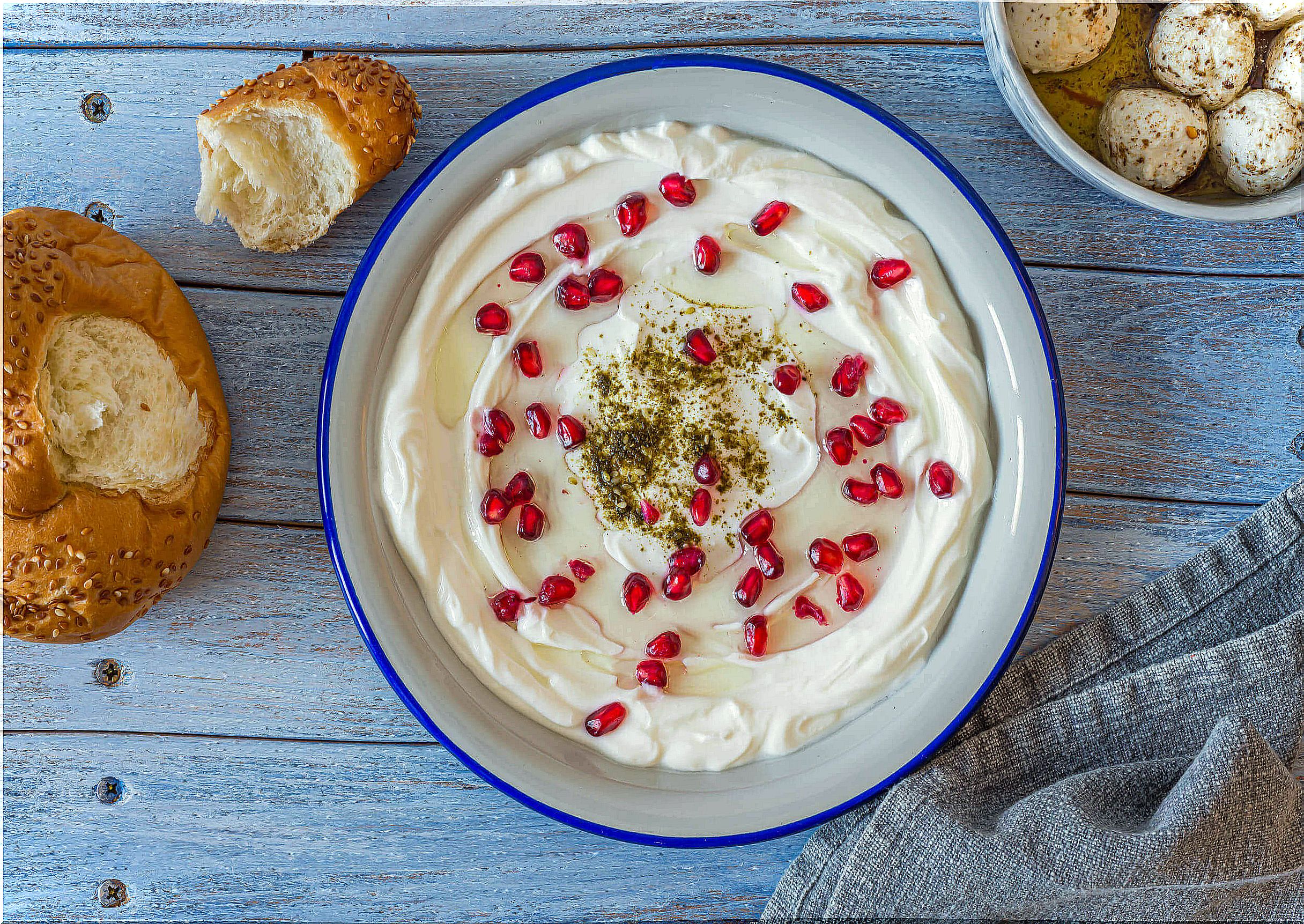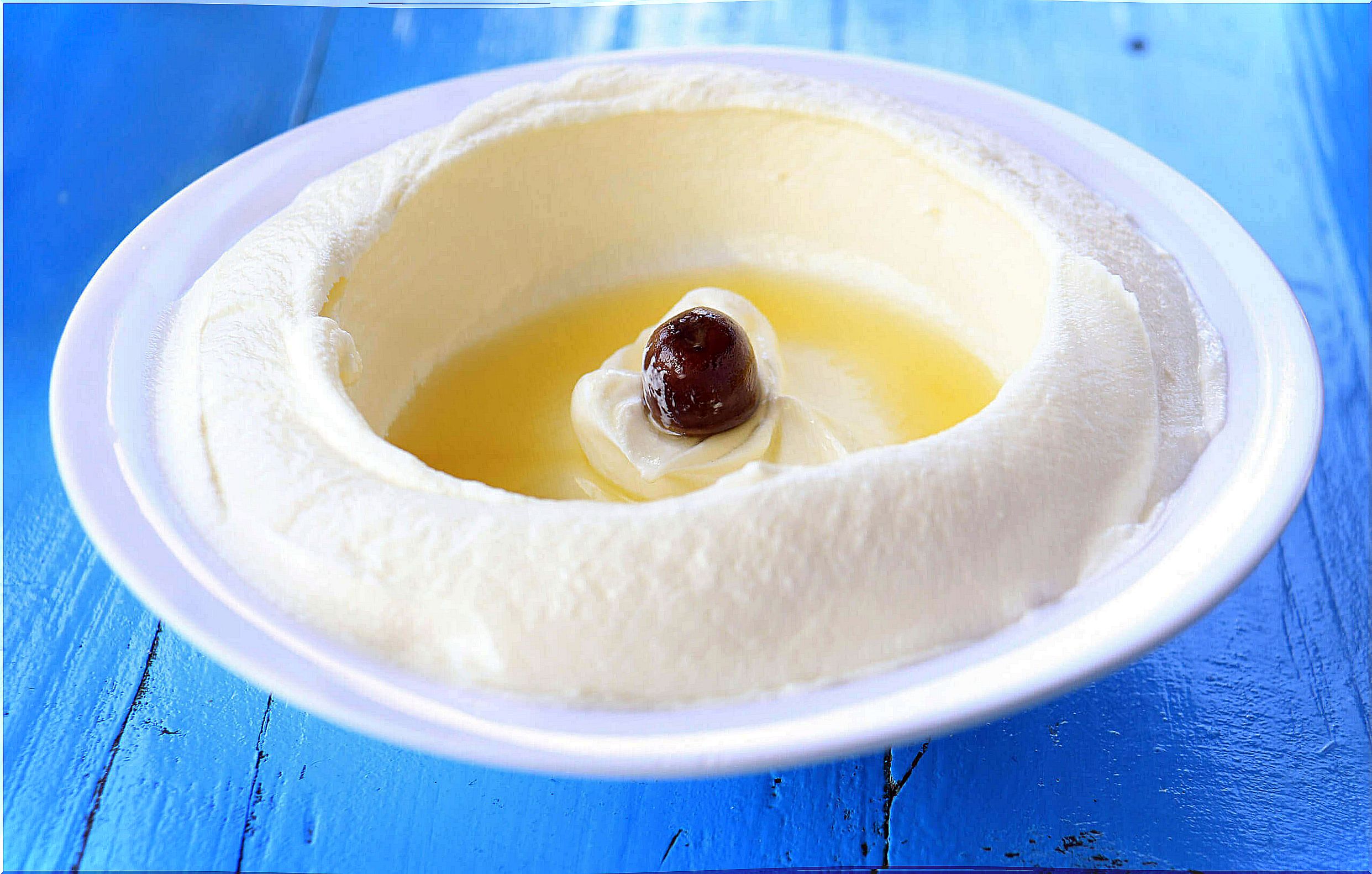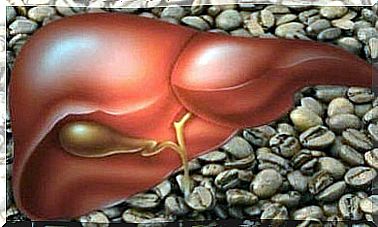Recipe For Homemade Labneh Or Yogurt Cheese

Is there such a thing as a healthy, light and tasty cream cheese? Yes! There are many options, including labneh or yogurt cheese. This delicious option is easy to make at home!
Keep reading this article if you want to learn how to make it step by step. You get a perfectly spreadable healthy cheese that you can season to your liking to vary the taste.
Labneh or yogurt cheese: the Mediterranean cheese spread

Labneh or yogurt cheese is made with yogurt and salt and requires some time and patience. This creamy cheese is used in traditional dishes of a number of countries, such as Syria, Turkey, Jordan, Lebanon or Greece. Although you can find it in markets, many people decide to make it at home.
It is an easy recipe for several reasons. You only need two ingredients: yogurt and salt. You also only need a few kitchen tools and the recipe requires no heat or temperature. With some time and patience you will get amazing results!
Due to its consistency and neutral taste, labneh or yogurt cheese is very versatile. Like hummus, it’s perfect for dipping with bread, toast or vegetable strips. You can also use it as a creamy topping for a sandwich or salad. We’re sure you and your whole family will love it because it’s easy to make and versatile in the kitchen.
Recipe for labneh or yogurt cheese
As with all recipes, the amounts can vary depending on how many people will eat of it and how much labneh you need for the chosen presentation.
The ingredients and materials you need
- 500 grams of yogurt
- 1/4 teaspoon salt
- To serve: extra virgin olive oil, spices or fresh herbs to taste.
- Wide and thick cotton, gauze or something similar (otherwise the yogurt will seep through).
- 1 large bowl
- 1 large sieve
How to make the recipe for labneh or yogurt cheese
- First spread the cotton cloth over the sieve. It’s best for the latter to be fine-grained too. Place them on top of the bowl so that there is enough space between the two for the yogurt to drain.
- Pour the yogurt into a container, add the salt and mix with a whisk.
- Carefully pour it over the cloth. Tighten well and tie with a piece of twine or pliers. Store in the refrigerator.
- If you want a spreadable cream, 8 or 10 hours of drainage is enough. Remove the yogurt and season with the olive oil and herbs or fresh herbs. If you’re not going to eat it right away, store it in an airtight container.
- You can also make it denser by letting it drain longer, between 24 and 36 hours. Make cheese balls using a spoon after uncovering the mixture. Put it in a glass jar with olive oil and other seasonings if you want more flavor.
Some people use whole milk for the recipe. If you like this option better, just boil the whole milk and then mix it with the yogurt. The result is just as tasty and creamy.
Ways to eat labneh or yogurt cheese

You can eat labneh with toast, pita bread, vegetables or in sweet and savory preparations. You can add this yogurt cheese to both sweet and savory dishes. It is very common in mezze or classic appetizers of Mediterranean or Middle Eastern countries.
It’s even an ingredient of a typical breakfast made with olives, tomatoes, and cucumbers. People usually spread it on pita bread, toast, or vegetable strips, just like hummus or baba ghanoush.
You can also make sauces and salad dressings from it. In either case, it’s a good idea to flavor it with other ingredients, whether it’s fresh herbs, spices, or crushed nuts.
Adding cumin or za’atar is the perfect way to add the original flavor of the popular cuisine of the countries where it comes from.
A number of people also use it to make cheesecake. If you have a sweet tooth or a craving for dessert, this ingredient goes perfectly with fruit, compotes, nuts or a little honey.
Another option is spiced labneh balls, which you can cut into pieces and add to salads, serve as an appetizer with sesame, or add them to pasta dishes.
More things to keep in mind to successfully make this recipe
For best results, choose a good quality yogurt. This is because the raw material is a key point for the success of the recipe. Make sure to choose a yogurt that contains whole milk and lactic ferments with no other added ingredients.
In countries where it is considered traditional, this dish is made with sheep or cow yogurt. However, you can also use goat yogurt if you prefer. Cow’s milk gives it a softer and more neutral taste. You should add fermented milk and protein yogurts with extra fat or 0% sugar.
You can even opt for both low-fat and full-fat yogurt. However, choosing low-fat yogurt will result in a lighter, slightly bland, and not-so-creamy labneh. Greek yogurt (with no added sugar) or homemade yogurt are other good options.
You need to keep the labneh in the fridge after making it. In its creamiest version, it can last up to three to four days if stored in an airtight container. Marinated in olive oil, it can last a little longer and can be consumed up to a month later.
It’s a good idea to take it out of the fridge about 15 minutes before eating, to lower the temperature slightly so you can taste it better.









